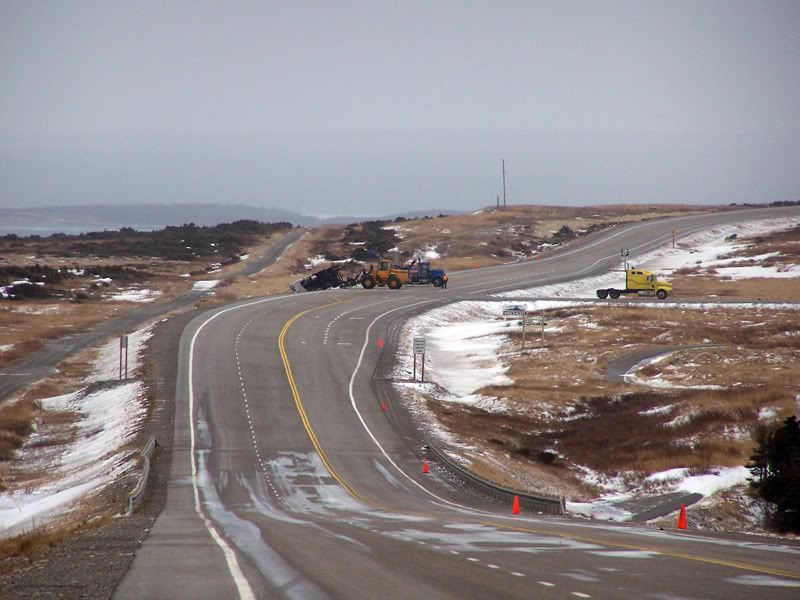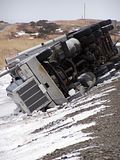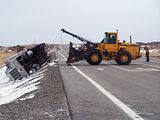
Thank you Mr. Cadman.
The people of NL benefited greatly because of you.Thank you !

A bustling job market in the St. John's area is draining home-care workers, and a labour shortage won't improve as long as wages remain well below national standards, an agency owner warns.
Most home care workers in Newfoundland and Labrador earn little more than minimum wage.
(CBC)
"On an average week to two-week basis, I would suspect we're losing three to four home support workers, and … we're hiring probably one, maybe two, every two weeks," said Phyllis Marie Healey, human resources manager of Caregivers, a home care company in St. John's.
"We can't replace the ones we are losing."
The issue is wages. Even fast-food restaurants pay more than what Newfoundland and Labrador employers can offer in home care, an industry largely subsidized by the provincial government.
The issue of home care was pushed to the fore last week by the dilemma of Patrick and Shirley Connors, a St. John's couple in their late 70s who say they may have to declare bankruptcy in order to qualify for government-run care. More here.............


Ottawa is providing financial assistance to help make safety and structural improvements to the Newfoundland T'Railway. Earlier this week, the provincial government announced that all structures, including trestles and bridges along the T'Railway are closed to all pedestrian, ATV, snowmobile and vehicle traffic after a number of inspections by Transport Canada indicated that eighteen of these structures pose an unreasonable life safety risk to the public. The province's representative in the federal cabinet spoke on the issue Saturday while addressing the 25th annual convention and trade show of Hospitality Newfoundland and Labrador at Hotel Gander. Loyola Hearn said that through ACOA, one-and-a-half million dollars will be spent for necessary enhancements and upgrades on the T'Railway across the island.
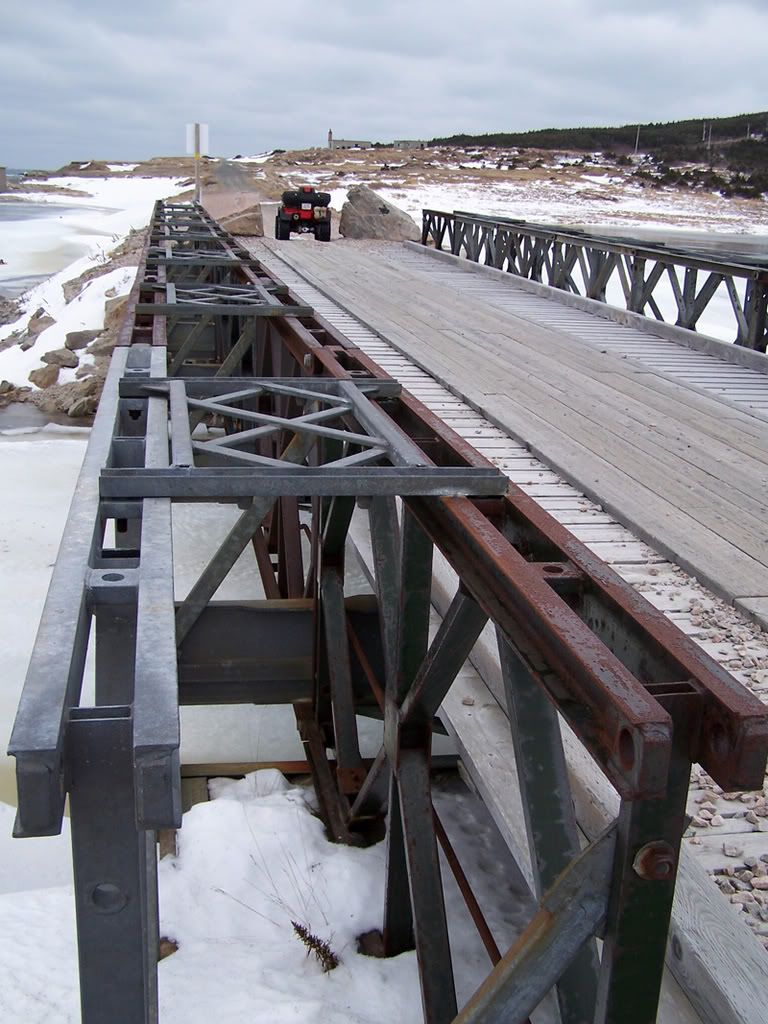
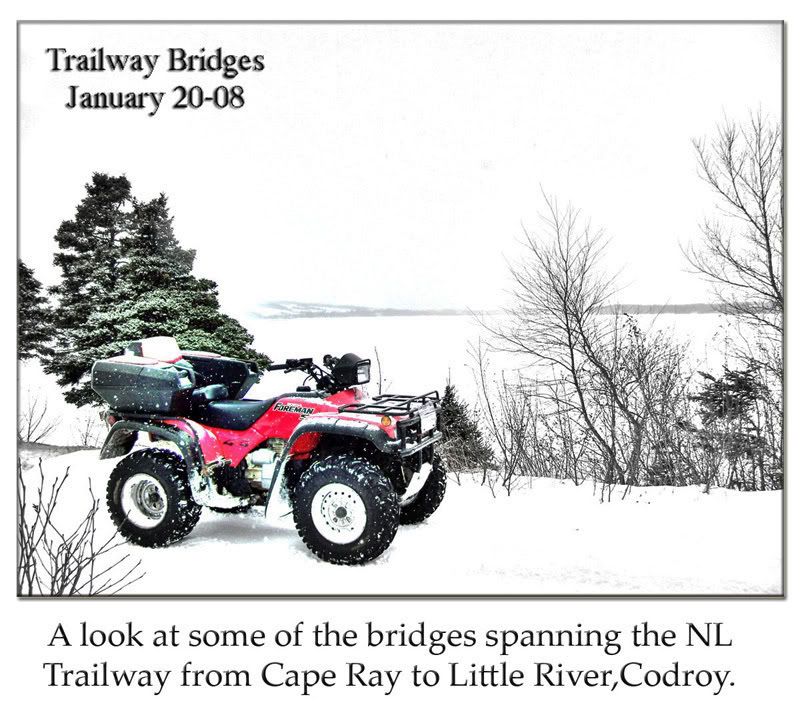
In an unusual move, the Newfoundland and Labrador government ordered the closure of dozens of trestles and bridges on an island-wide trail.
The T'Railway Provincial Park was built along the former railbed of the Newfoundland Railway after it was decommissioned in the late 1980s.
In a statement Thursday, the government said federal inspectors found significant safety risks with trestles and bridges that are often used by hikers and riders on all-terrain vehicles and snowmobiles.
"Transport Canada indicates that 18 structures pose an unreasonable life safety risk to the public," the government said in a statement.
"The report also indicates that many other structures should be examined for life safety issues."
The remaining trestles and bridges will remain closed until engineering studies prove they are safe.
The government said it will erect warning signs and barricades to keep the public away.
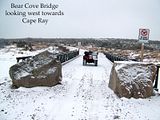
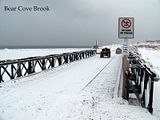
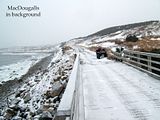
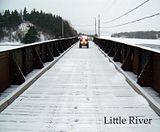



(CBC NEWS) The woman killed in a weekend highway collision in eastern Newfoundland was pregnant, police said Monday.
The RCMP said Lisa Jennifer Crann, 31, was the woman killed after a tractor-trailer rear-ended her vehicle Friday night on the Trans-Canada Highway, near the Southern Harbour turnoff.
Crann's vehicle had broken down, but was still in the way of oncoming traffic, RCMP Const. Trevor O'Keefe told CBC News.
"From what we can determine, it was right in the driving lane, the inside lane of the highway," Const. Trevor O'Keefe said.
"The car had broken down — we don't know if it was a battery problem or an alternator problem — but there was no emergency lights, and that's pretty much what caused it," O'Keefe said.
The vehicle has been seized as the RCMP conduct their investigation.
Road conditions were slippery at the time, O'Keefe said."It was one of those really dark, black, wet nights. You couldn't see much on the highway," O'Keefe said.
A 25-year-old female passenger in Crann's vehicle was injured. She was treated in hospital and released on Saturday, O'Keefe said.
Cpl. Rupert Baker said motorists should be cautious when driving on the highway, especially at night.
"In a situation where somebody breaks down or you have a problem on the highway, you have to either move as far as you can to the right of the highway or if you can get off the highway, I certainly recommend that you do that so that something coming behind you won't strike you," Baker said.
I drove home last night in whiteout conditions. Like many nights if i broke down there was no place for me to pull of to the right. The right did not exist. If i broke down all i could do was stay there and hope the vehicles behind me saw me before it was to late. My cellphone might of helped and i wonder if The RCMP would of came to my assistance? Im sure no tow truck would of last night. With 24 hour coverage by Works & Transportation some accidents might be avoided if they could assist and keep our highways cleaned better. After 10 pm in this province your very much on your own out there and outside of the Avalon or Corner Brook area don't expect to call 911 and seek help. It just does not work. Maybe in the 2008 budget we might finally see that in NL


